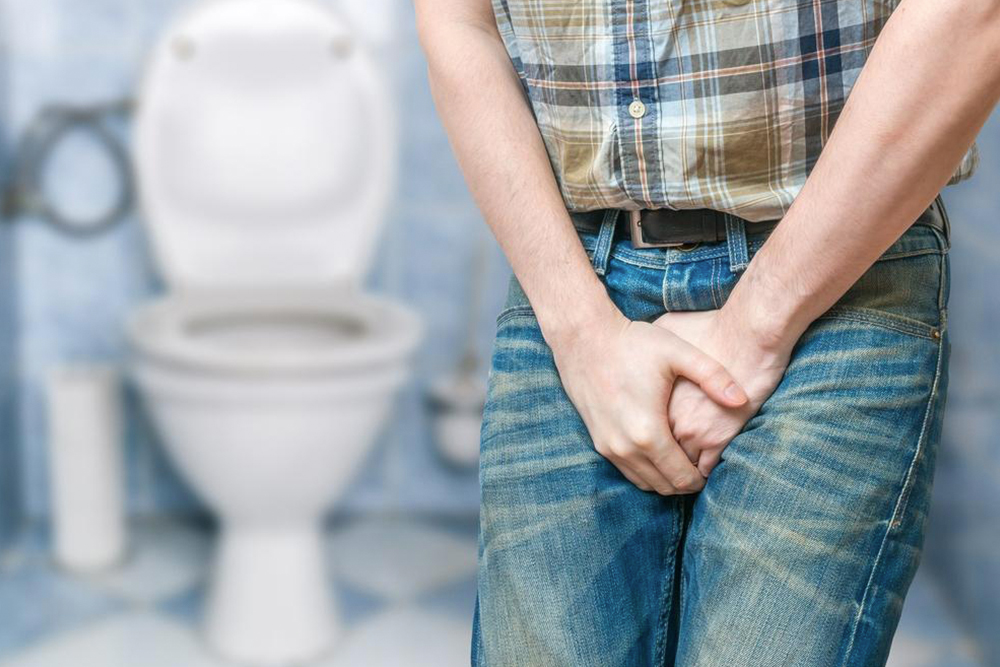What you need to know about urge incontinence
Urge Incontinence is a common type of incontinence. The sudden contraction of the urinary bladder causes an acute urge to urinate. The person suffering from it hardly gets time to get to the toilet and the urine leaks uncontrollably. There is nothing one can do to stop the flow of urine. This condition is called ‘overactive bladder’ also. A sudden change of position, sound of running water (for some) and sexual orgasm can all be the triggers.
Causes
The causes can be inflamed bladder walls, Cystitis, an enlarged prostate and diseases of central nervous system like Parkinson’s disease, multiple sclerosis, stroke, etc.

Diagnosing urge incontinence
The diagnostic tests for urge incontinence are aimed at arriving at the actual cause. An ultrasound of the pelvis will identify enlargement of prostate and cystitis. Sometimes a cystoscopy may be required to evaluate the bladder condition. For causes that originate from central nervous system, appropriate investigation like CT scan etc are advised.
Treatment
- Normally the cause for prostate hypertrophy is investigated in detail, some time including a biopsy to eliminate any malignancy.
- If required, a prostatectomy or TUR is carried out as per the need.
- In case of non malignant enlargement, benign prostate hyperplasia, there are enough medications available to try out before surgery is resorted to.
Overflow Incontinence
Overflow Incontinence is a result of Urge Incontinence and is encountered in men. The cause is obstructions in the drains of kidney and the ureters, or the bladder, the Urethra, or both. Common reasons for this are prostate enlargement, renal calculi or stones and growths in these ducts. The diagnostics involve getting a pelvic ultrasound scanning and an x-ray after introducing an opaque dye into the blood. These x-rays clearly highlight the filling defects in these organs. Renal calculi can be removed by breaking the stones with strong magnetic waves or very high frequency sound waves. These stone pieces are then allowed to pass out with urine or sucked out through a suction pipe introduced through the urethra. These procedures are simple and safer, reducing chances of infection and ensuring a faster recovery. Cases of renal calculi will require continued medication and restriction of certain food articles to avoid calculus formation.

